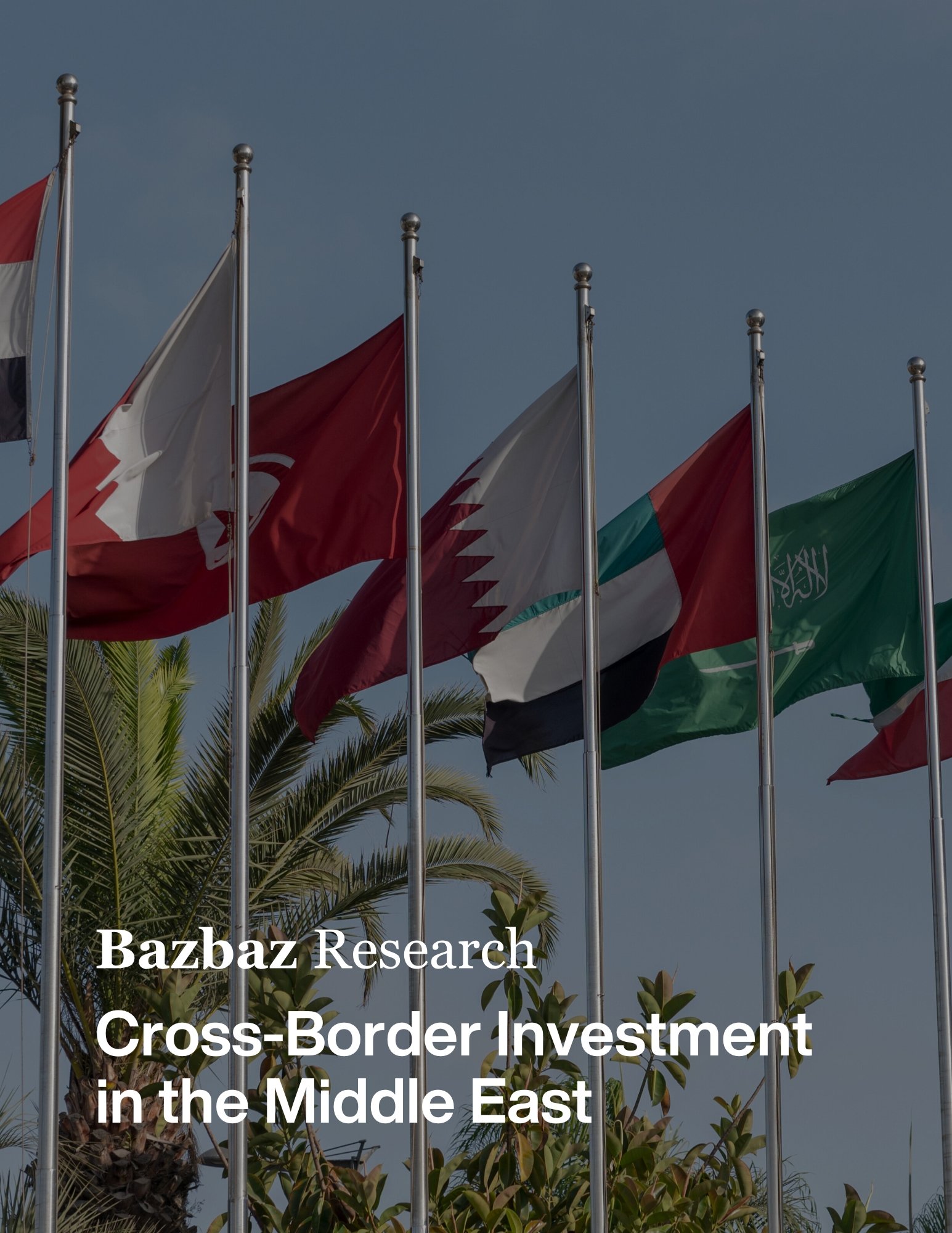Cross-Border Investment in the Middle East
Cross-Border Investment in the Middle East
Amna Alsihati
Cross-border investment is a key driver of economic growth and integration in the GCC and MENA region. It involves the flow of capital, expertise, and resources across national borders, creating opportunities for economic diversification, infrastructure development, and financial market integration. In recent years, the region has witnessed a surge in cross-border investment, fueled by economic reforms, strategic partnerships, and an increasing focus on non-oil sectors. This essay explores key trends in cross-border investments in the GCC and Middle East from 2020 to 2025, highlighting recent developments, challenges, and future prospects.
Recent Trends
Mergers and acquisitions have played a crucial role in shaping the investment landscape of the GCC. In 2024, the Middle East recorded 321 M&A deals worth $49.2 billion, representing a 12% increase in deal value compared to the previous year. The UAE and Saudi Arabia were the top destinations, with 152 deals amounting to $9.8 billion. Sovereign wealth funds (SWFs), such as the Abu Dhabi Investment Authority (ADIA) and the Public Investment Fund (PIF) of Saudi Arabia, have been key players in driving M&A activity.
A significant milestone in regional infrastructure investment is the Hafeet Rail project, the first cross-border rail network in the GCC. Developed by Etihad Rail, Oman Rail, and Mubadala Investment, this 238-km railway aims to enhance connectivity between the UAE and Oman, linking major ports, industrial zones, and logistics hubs. This project is expected to boost trade and logistics efficiency, making cross-border movement of goods faster and more cost-effective.
To attract more foreign investors, the GCC has taken steps toward financial market integration. A notable initiative is the introduction of a fund passporting framework, set to launch in early 2025. This regulatory development will allow investment funds registered in one GCC country to be marketed and sold across all member states, reducing barriers to cross-border investments.
FDI has rebounded strongly in the GCC post-2020, with the number of investment projects increasing by 74% in 2022 and an additional 22% in 2023. The UAE has led in project count, with 1,327 FDI projects in 2023, representing 70% of total projects in the region. Saudi Arabia, on the other hand, attracted the most capital investment, accounting for over 60% of the total FDI value in the GCC. Key sectors attracting foreign investment include renewable energy, tourism, manufacturing, and logistics.
A growing trend in cross-border investment is the adoption of strategic partnerships and co-investment models. In November 2024, Canadian asset management firm Brookfield launched a $2 billion Middle East fund, backed by Saudi Arabia’s PIF and the kingdom’s main pension fund. This model helps mitigate investment risks while attracting foreign capital, highlighting Saudi Arabia’s strategy to diversify its economy under Vision 2030.
Cross-border investments have been a significant driver of economic transformation in the GCC and the Middle East from 2020 to 2025. The region has witnessed remarkable growth in M&A activities, infrastructure projects, FDI, and financial market integration. Strategic partnerships and regulatory advancements are expected to further enhance investor confidence. While challenges remain, ongoing reforms and economic diversification efforts will continue to position the GCC as a global investment hub in the years to come.

